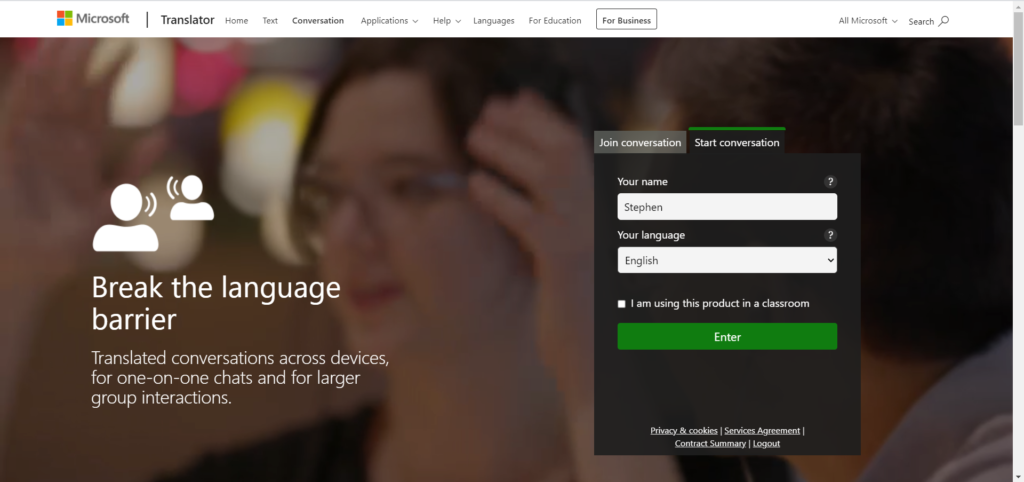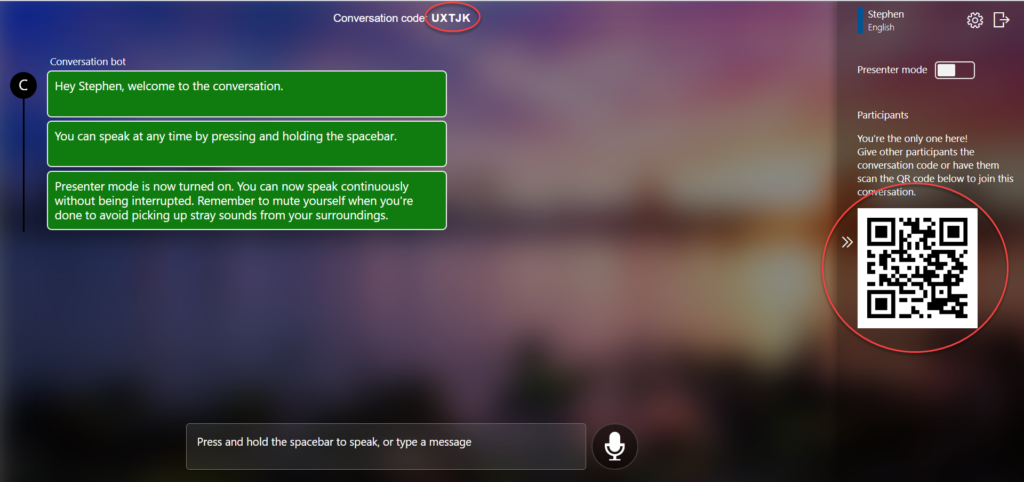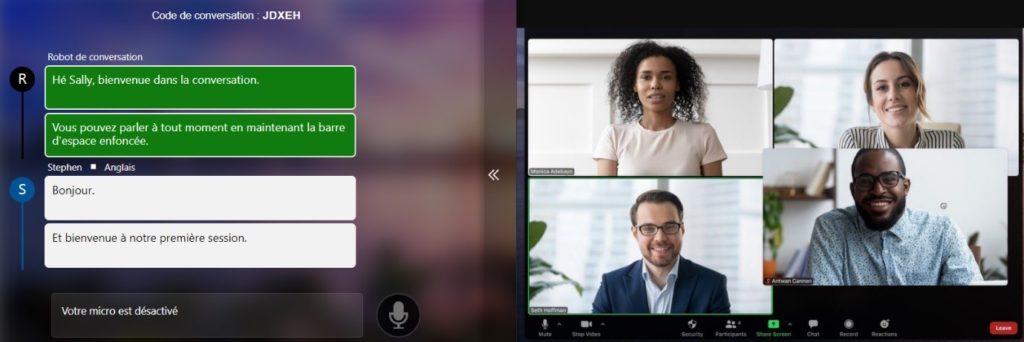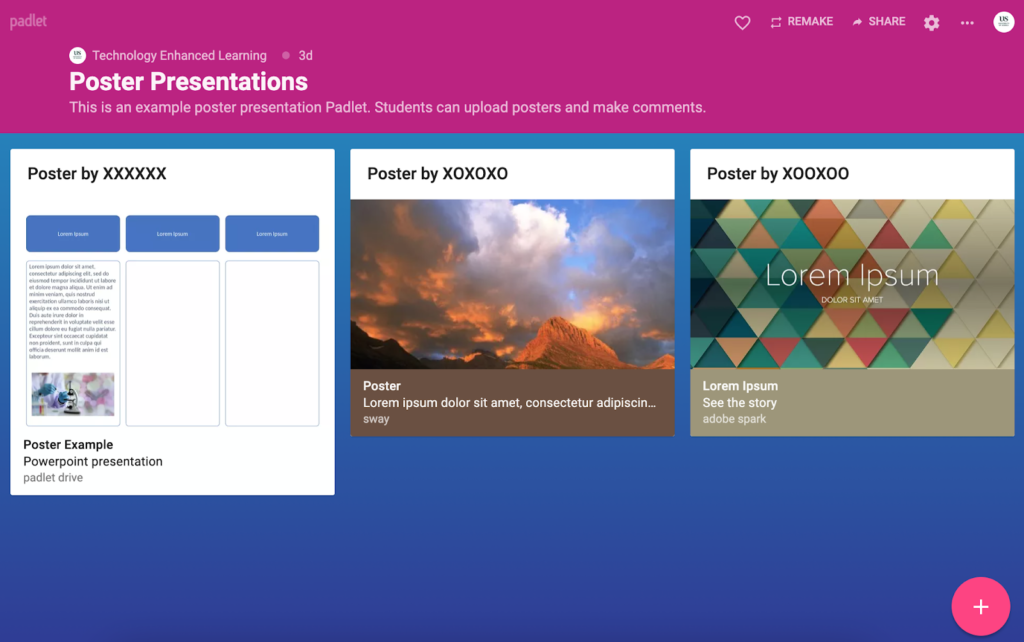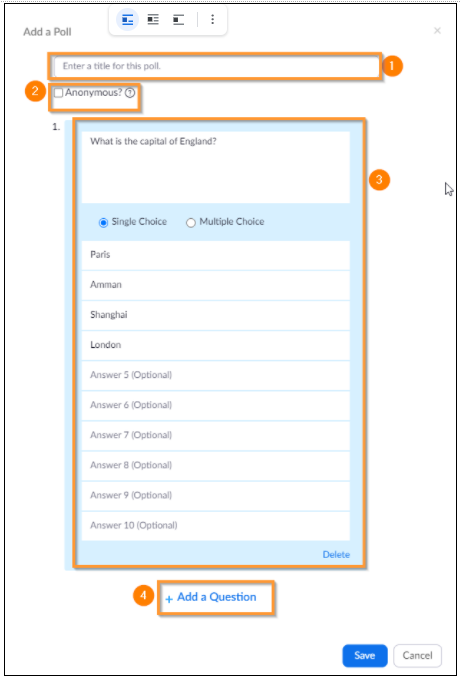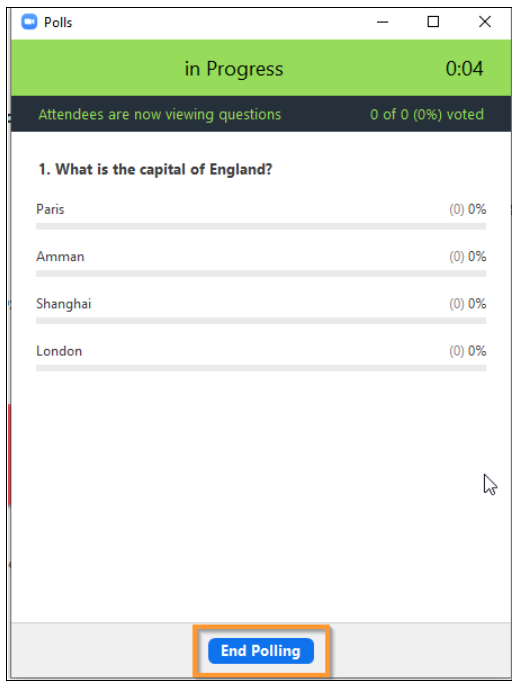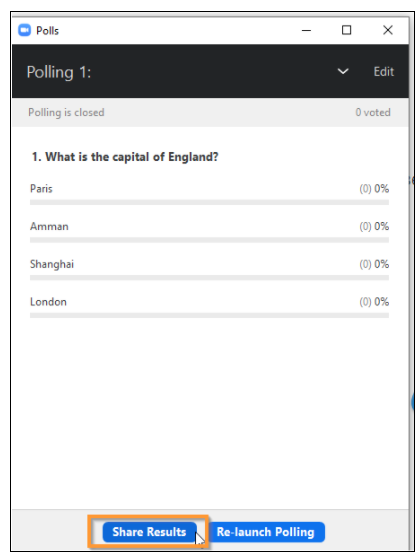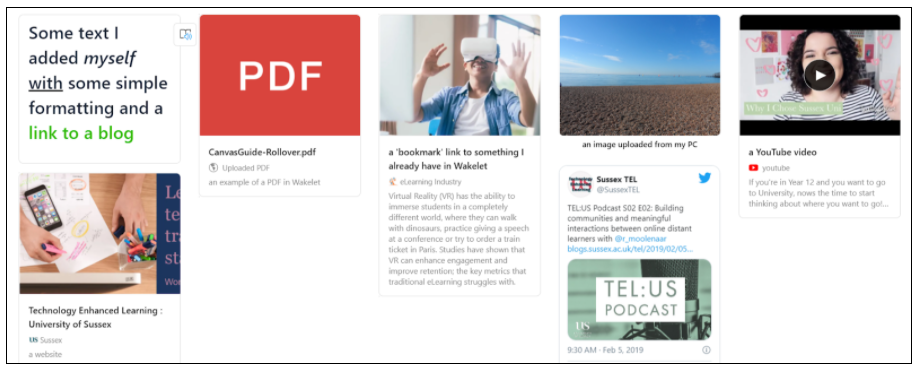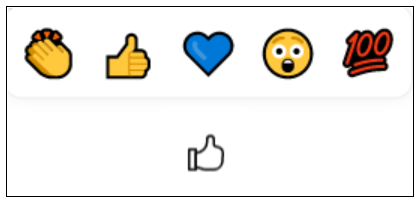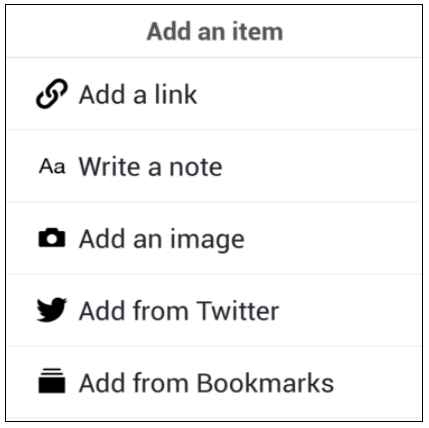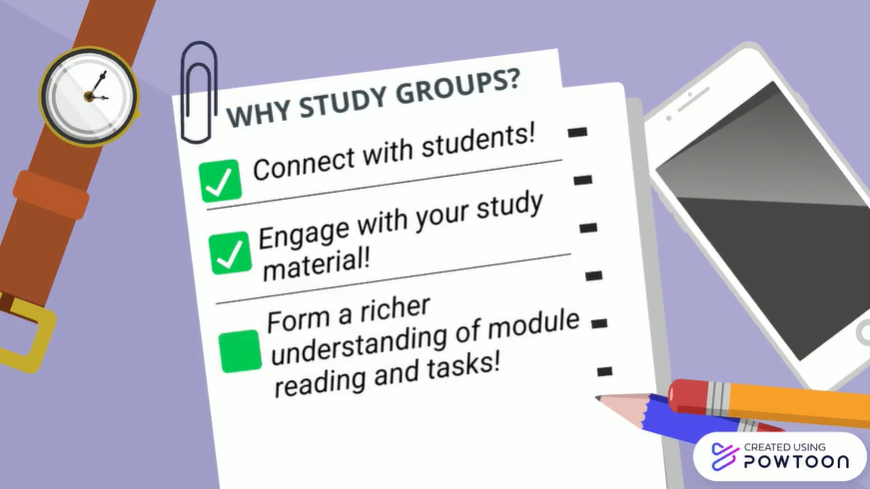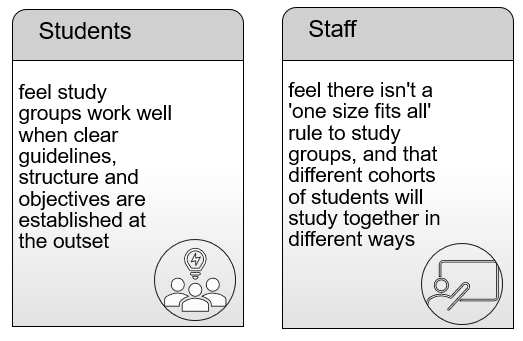It’s been a year (plus) like no other, but now the academic year is ending there’s a chance for some reflection. I was interested to see whether the number of views of posts on the TEL blog could tell us anything about what has been interesting to our readers in 2020/21 – and to give you the chance to see any you missed. Here are the ten most viewed posts in the year to June 2021.
Zoom
Not surprisingly Zoom for online teaching has been well-read. It was published in April 2020 as we adopted the platform for synchronous online teaching. That first post about Zoom at Sussex was followed up with more on the topic throughout the year including:
- A series of videos on Using Zoom for teaching
- Student engagement in Zoom
- Simple ‘podcasting’ in Canvas with Panopto and Zoom
- Polling with Zoom
Zoom was also mentioned in the recent post on Poster presentations online which shows just how versatile the platform can be. We have seen it used for all sorts of interactions including one-to-one ‘office hours’, student presentations, seminars, tutorials, staff meetings and live lectures.
Padlet
Padlet was popular before the pandemic and its use at Sussex has grown in the last year. Three Padlet posts made it into the top ten for 20/21. 4 fantastic uses for Padlet in online teaching offered some great ideas for using the platform and Padlet maps and timelines introduced the most recent additions to the range of formats. Even the 3 year old Padlet for collaborative learning post got a lot of views this year.
The versatility of Padlet makes it a great platform for many types of online learning activities including collaborative ideas-generation, concept mapping and sharing resources. Sussex teaching staff can request to be added to the University’s Padlet Backpack account by emailing tel@sussex.ac.uk.
Accessibility
It is good to see that people are thinking about digital accessibility topics with two posts on the topic making it into the list.
It has been more important than ever to think about digital accessibility at a time when so much interaction is happening online, but this was a topic at the top of our list of priorities anyway. We already had our Digital Accessibility toolkit and were publishing a series of ‘Accessibility Tips’ blog posts when the university moved teaching online. These looked at:
- Inclusive design
- Considering user needs
- Creating accessible resources
- Checking accessibility
- Mobile accessibility
- Digital accessibility tools
Greatest Hits
Our most popular posts of all time (well, since this blog began in 2014) continue to be 5 Tips for Multimedia Enhanced Teaching and Learning and InShot – A video editor for Android and iOS. These both continued their popularity this year as did the post that brought us our highest ever daily views – 5 Myths and misconceptions in learning theory.
It was interesting to see that one of our very first posts made it into the 2020/21 Top Ten. Using Creative Commons images in presentations addressed a topic that has been returned to several times over the years as tools change. More recently we have blogged about Free images to use in presentations and Canvas and Multimedia Creative Commons which provide up-to-date advice on finding images to use in teaching and learning.
What next?
I wonder what 2021/22 will bring. We will be looking to blog about the things that will interest and help our readers both within the University of Sussex and the wider Learning Technology community. If you have any ideas for technology enhanced learning topics you would like us to cover please email us at tel@sussex.ac.uk.


